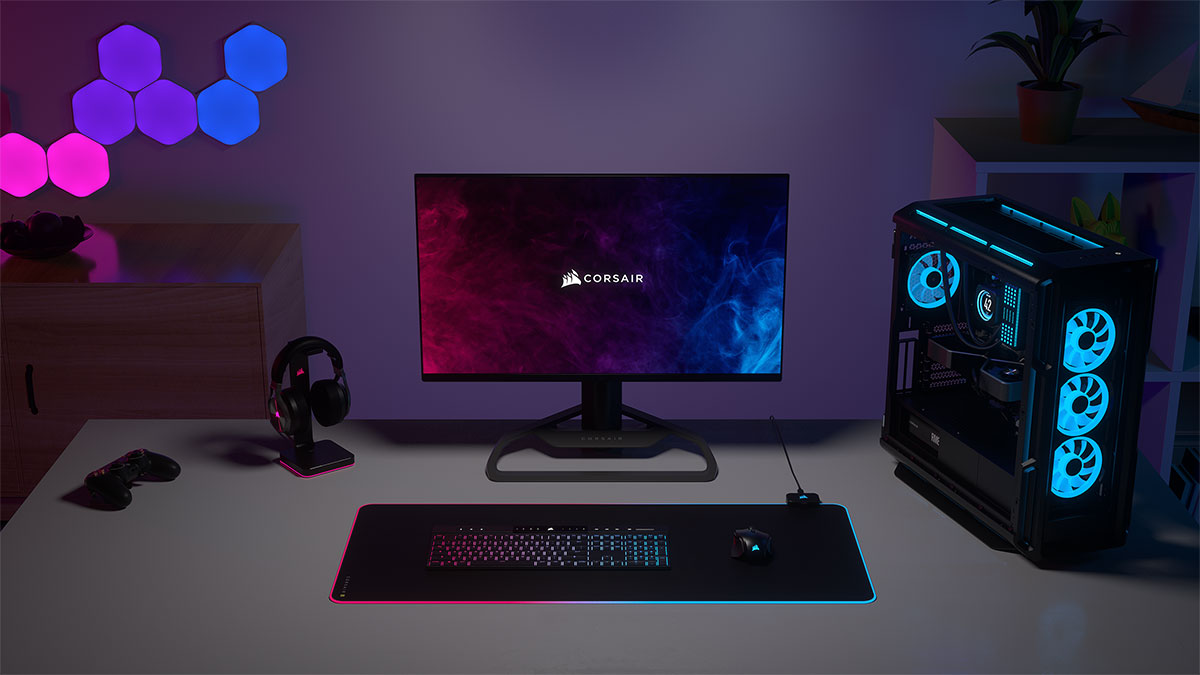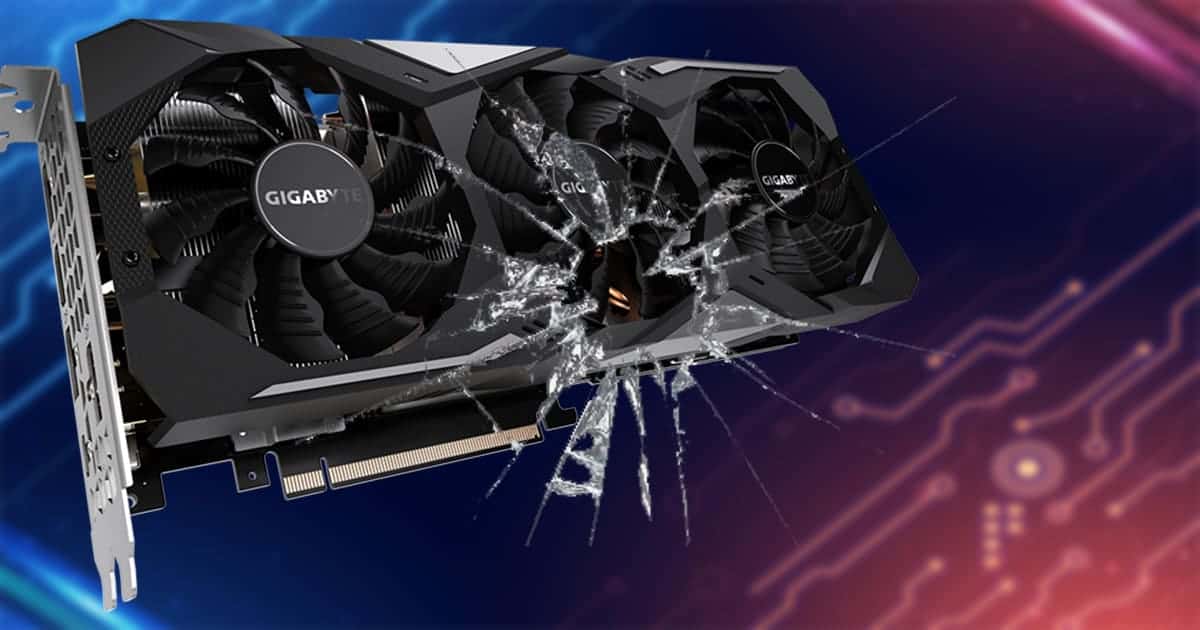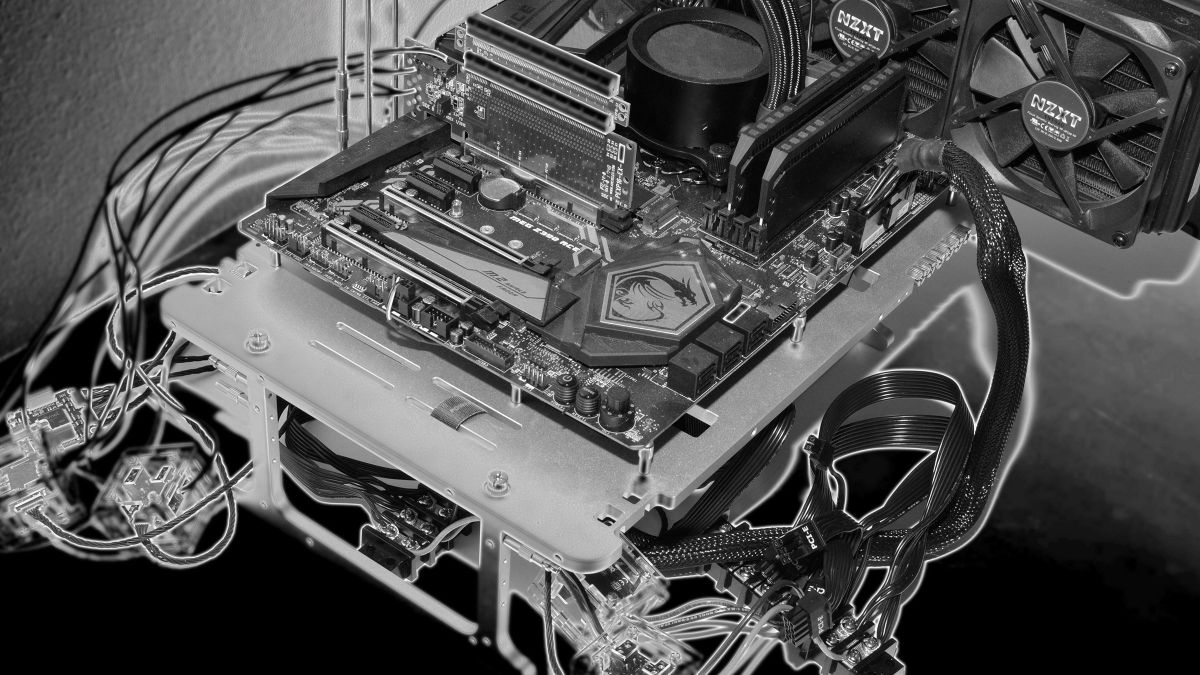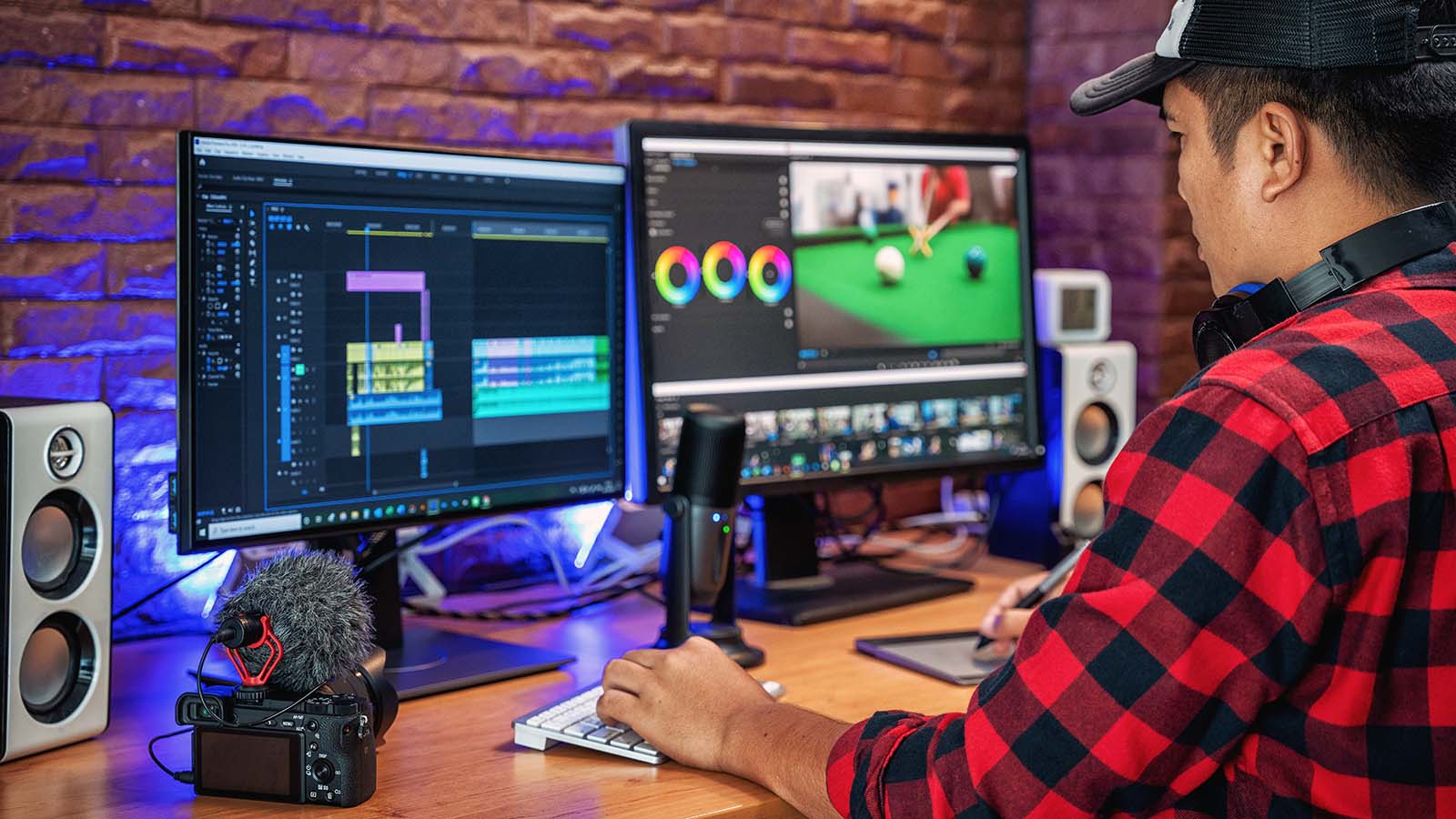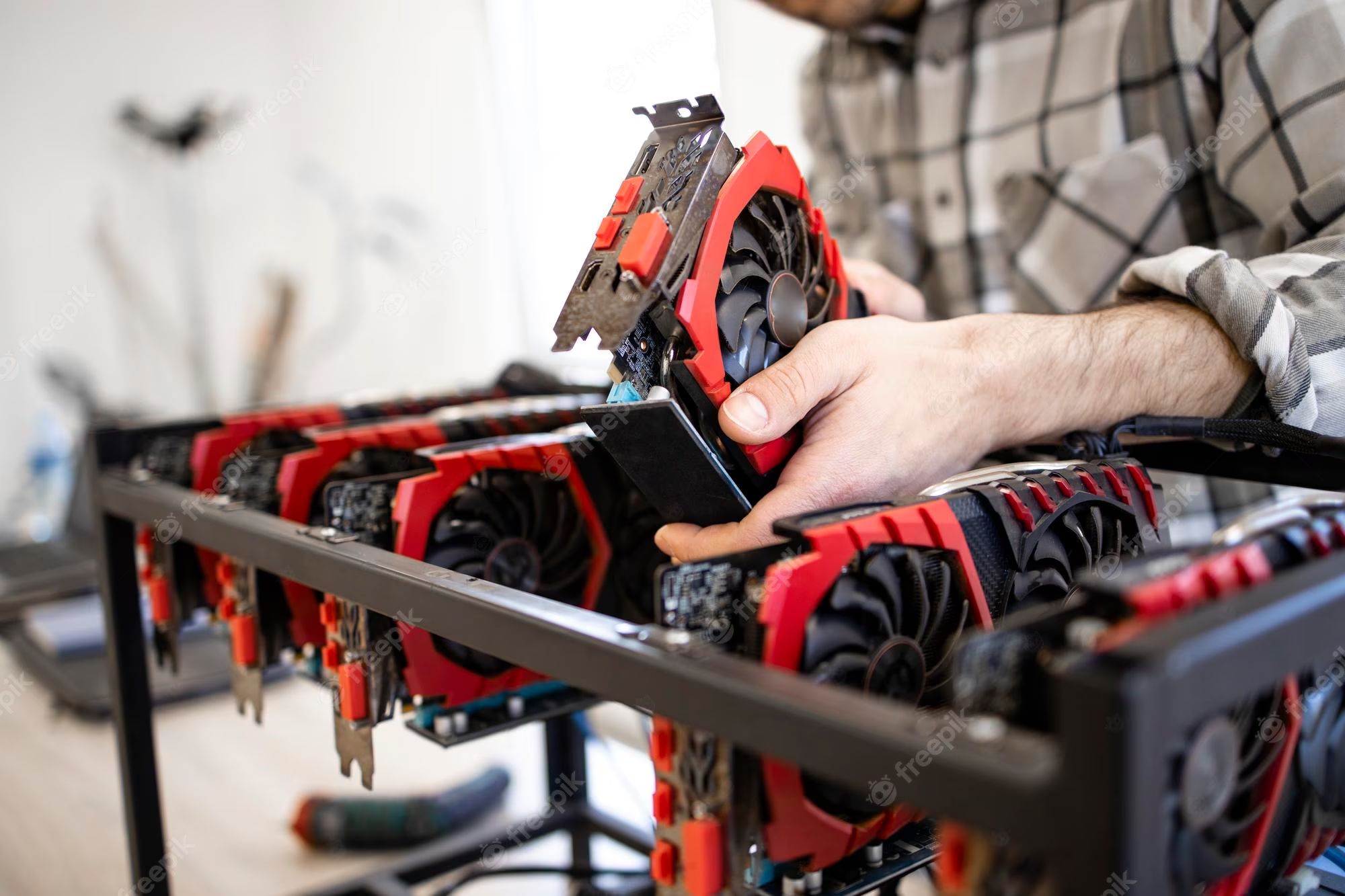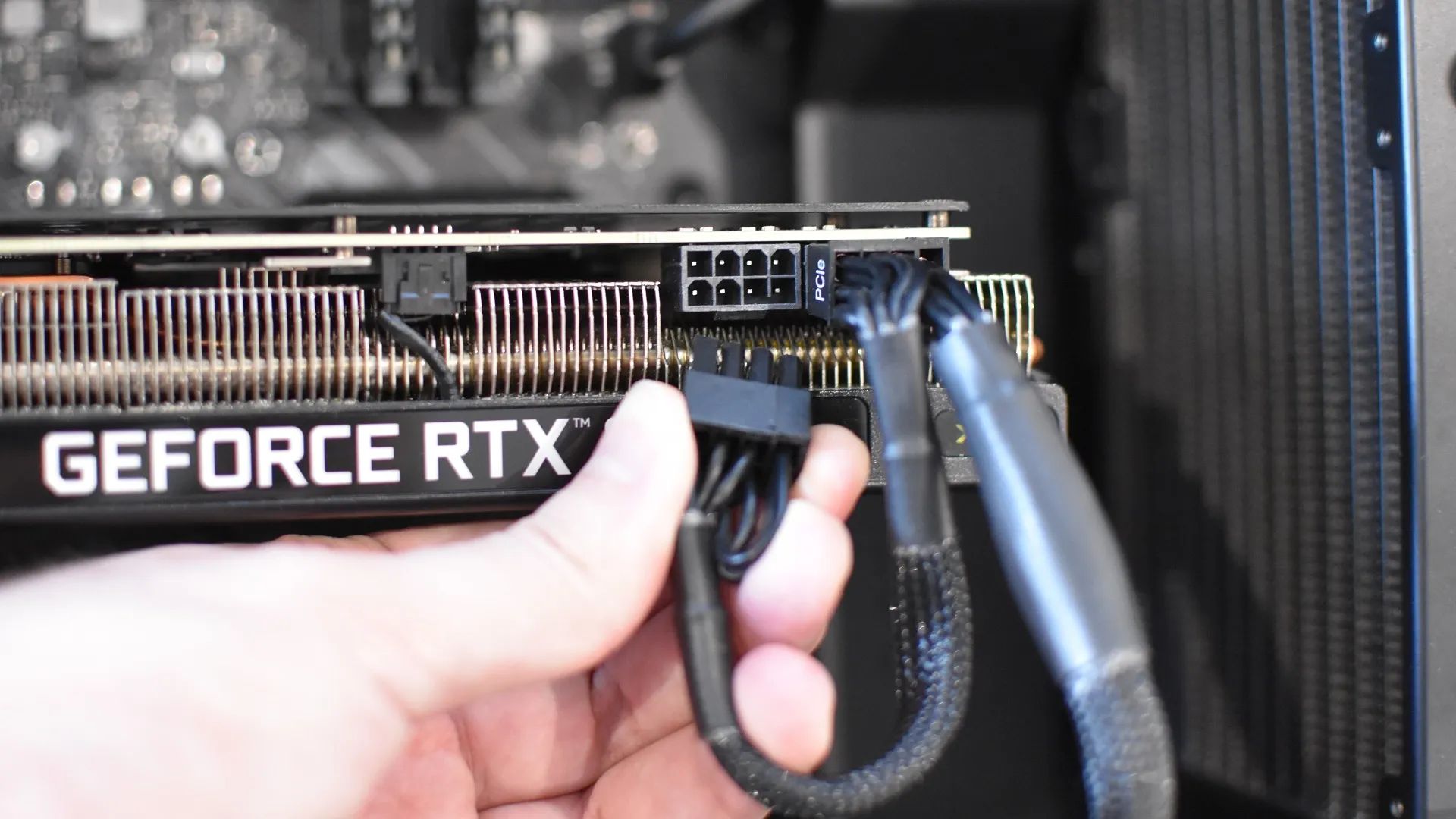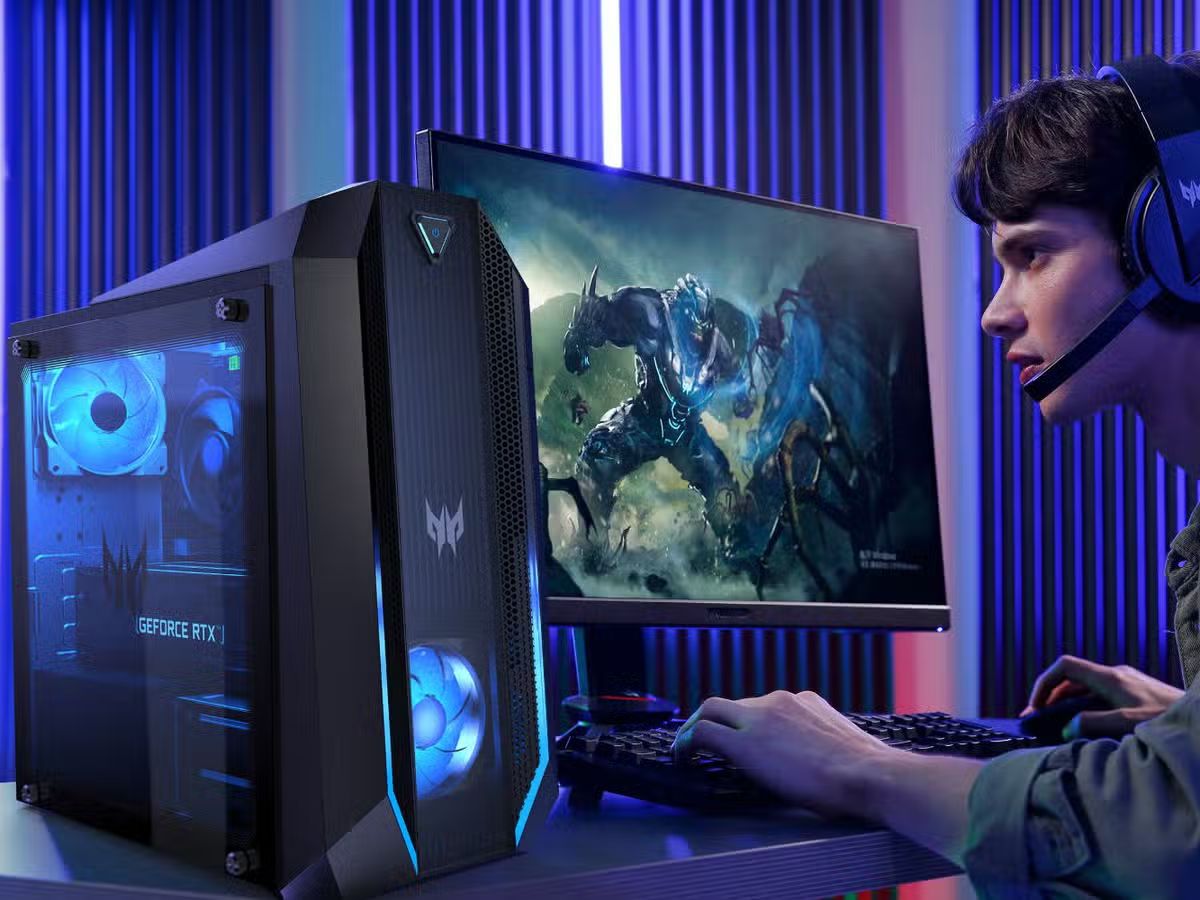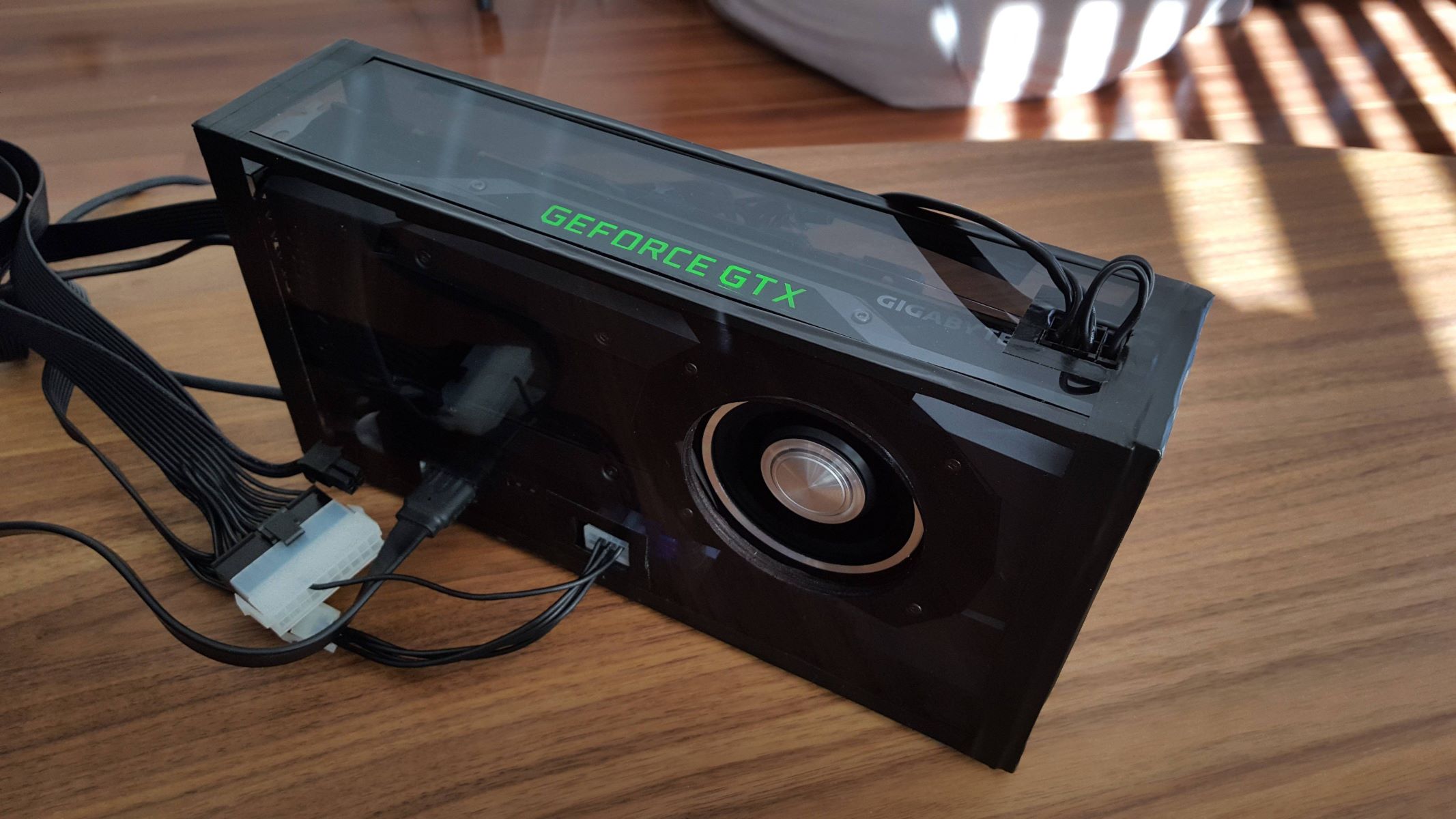Introduction
Connecting a monitor to a GPU (Graphics Processing Unit) is an essential step when setting up a computer or upgrading your display setup. Whether you’re a gamer, a graphic designer, or a professional in any other industry, having a high-quality monitor connected to your GPU can greatly enhance your viewing experience and improve productivity.
With advancements in technology, monitors have become more versatile, offering features such as high refresh rates, HDR support, and 4K or even 8K resolutions. However, to fully enjoy these features, it’s important to correctly connect your monitor to your GPU.
In this article, we will guide you through the process of connecting your monitor to a GPU. We will discuss the necessary steps, checking the ports on your GPU, and troubleshooting common issues that may arise during the setup process. So, whether you’re a seasoned computer enthusiast or a beginner looking to learn more, read on to discover how to successfully connect your monitor to your GPU.
Choosing the Right Monitor
Before you connect your monitor to your GPU, it’s crucial to select the right monitor that suits your needs and preferences. There are several factors to consider when choosing a monitor, including:
1. Display Size and Resolution: The size and resolution of the monitor will determine the level of detail and clarity of the visuals. If you are a gamer or a professional working with graphics, a larger monitor size and higher resolution, such as 1440p or 4K, may be preferable.
2. Refresh Rate: The refresh rate refers to the number of times the monitor updates the image per second. A higher refresh rate, such as 144Hz or 240Hz, can provide smoother visuals, making it ideal for gaming and fast-paced content.
3. Panel Type: There are different panel types, including TN, IPS, and VA. TN panels offer fast response times and lower cost, while IPS panels provide better color accuracy and wider viewing angles. VA panels offer deep blacks and high contrast ratios.
4. Connectivity Options: Ensure that the monitor has compatible ports to connect to your GPU. Common ports include HDMI, DisplayPort, and DVI. Make sure to check the available ports on your GPU and choose a monitor that supports at least one compatible port.
5. Additional Features: Consider additional features like HDR (High Dynamic Range) support for improved color reproduction and contrast, G-Sync or FreeSync for smooth gameplay, and adjustable stands for ergonomic positioning.
6. Budget: Set a budget for your monitor purchase, balancing your desired features and affordability.
By considering these factors, you can choose a monitor that perfectly complements your GPU and provides an optimal viewing experience for your specific needs and preferences.
Checking the Ports on Your GPU
Before connecting your monitor, it’s essential to check the available ports on your GPU. Different GPUs may have varying ports and configurations. Here are the most common ports you might find on a modern GPU:
1. HDMI (High-Definition Multimedia Interface): HDMI ports are widely used and support both video and audio signals. They are commonly found on most GPUs and monitors. HDMI 2.0 or higher is recommended for optimal performance and compatibility with high refresh rates and resolutions.
2. DisplayPort: DisplayPort is another popular port for high-resolution displays, offering a higher bandwidth compared to HDMI. DisplayPort supports features such as Adaptive Sync and Multi-Stream Transport (MST) for daisy-chaining multiple monitors.
3. DVI (Digital Visual Interface): DVI ports can carry both digital and analog signals. While DVI is an older standard, it is still commonly found on older GPUs and monitors. However, newer monitors may not have DVI ports, so it’s important to check compatibility.
4. VGA (Video Graphics Array): VGA ports are older analog connectors and are rarely found on modern GPUs. Most newer monitors do not support VGA, so it’s best to avoid using this port if possible.
Once you have identified the available ports on your GPU, compare them with the ports on your monitor. Ensure that you have a compatible cable or an adapter to connect the monitor to the GPU. If your monitor has multiple ports, choose the one that aligns with the capabilities of your GPU and offers the best performance.
It’s worth noting that not all ports may support the same resolutions or refresh rates. If you are aiming for 4K resolution or high refresh rates, check the specifications of the ports and cables to ensure they can deliver the desired performance.
Now that you have identified the ports on your GPU and have a clear understanding of the available options, you are ready to connect your monitor to your GPU.
Connecting the Monitor to Your GPU
Connecting your monitor to your GPU is a relatively straightforward process. Follow these steps to ensure a successful connection:
1. Turn off your computer: Before making any connections, shut down your computer and unplug it from the power source. This will prevent any potential damage during the setup process.
2. Locate the ports: Look for the available ports on both your GPU and the monitor. Make sure you have the necessary cables or adapters to connect the two devices. HDMI and DisplayPort cables are common choices for connecting monitors to GPUs.
3. Connect the cable: Insert one end of the cable into the corresponding port on your GPU and the other end into the matching port on your monitor. Ensure the connection is secure and snug.
4. Tighten screws (if applicable): Some cables, especially DisplayPort cables, have built-in screws that allow you to secure the cable to the ports. If your cable has this feature, tighten the screws to ensure a secure and stable connection.
5. Power on your computer: Once you have made the connections, plug in your computer and power it on. The GPU and monitor should detect each other automatically.
6. Adjust display settings (if necessary): In some cases, you may need to adjust the display settings in your computer’s operating system. This includes selecting the correct resolution, refresh rate, and display mode (such as extended or duplicate display). Consider consulting the monitor’s user manual or the GPU manufacturer’s website for guidelines on optimal display settings.
After completing these steps, your monitor should be successfully connected to your GPU, and you can enjoy the enhanced visuals and improved performance that come with it.
Setting Up Display Settings
Once you have successfully connected your monitor to your GPU, it’s important to configure the display settings to ensure an optimal viewing experience. Here are some key settings to consider:
1. Resolution: Select the desired resolution based on your monitor’s capabilities and personal preference. Higher resolutions offer sharper images, but keep in mind that higher resolutions may require more GPU power.
2. Refresh Rate: Set the refresh rate to match the capabilities of your monitor. Higher refresh rates, such as 144Hz or 240Hz, provide smoother and more fluid visuals, particularly for gaming or fast-paced content.
3. Color Calibration: Adjust the color settings to ensure accurate and vibrant colors. Most operating systems provide built-in color calibration tools, or you can use third-party calibration software for more precise adjustments.
4. Multiple Displays: If you are using multiple monitors, you can configure the arrangement and positioning of each display. Determine whether you want to extend the desktop across all monitors or duplicate the screen on multiple displays.
5. Graphics Enhancements: Explore the graphics settings provided by your GPU driver software. These settings may include options for anti-aliasing, anisotropic filtering, and other enhancements to improve visual quality.
6. Gaming-specific Settings: If you are a gamer, your GPU driver software may offer additional settings for optimizing gaming performance. These settings can include features like NVIDIA G-Sync or AMD FreeSync for smoother gameplay.
7. Energy Saving: Consider enabling power-saving features if you prefer to conserve energy when the monitor is not in use. These features can help reduce power consumption and extend the lifespan of your monitor.
Remember to save the settings once you have made the desired adjustments. It may be necessary to restart your computer for the changes to take effect.
By configuring these display settings, you can customize your viewing experience and ensure that your monitor and GPU are working harmoniously to provide the best visuals for your specific needs. Take some time to experiment with different settings and find the combination that suits you best.
Troubleshooting Common Issues
While connecting a monitor to a GPU is usually a straightforward process, you may encounter some common issues. Here are a few troubleshooting tips to help you resolve them:
1. No Signal: If your monitor displays a “No Signal” message, ensure that the cable is securely connected to both the GPU and the monitor. Try unplugging and re-plugging the cable to establish a proper connection.
2. Display Resolution: If the display resolution is not set correctly, you may experience blurry or distorted visuals. Check your operating system settings and select the recommended or native resolution for your monitor.
3. Refresh Rate: If you are experiencing screen tearing or stuttering, adjust the refresh rate to match the capabilities of your monitor. Ensure that both the GPU and the monitor support the desired refresh rate.
4. Compatibility Issues: Double-check that the ports on your GPU and the cable or adapter you are using are compatible. It’s possible that using an incompatible cable could result in a no signal or display issue.
5. Driver Updates: Outdated GPU drivers can cause compatibility issues with your monitor. Check the manufacturer’s website for the latest driver updates and install them to ensure smooth operation.
6. Faulty Cable or Port: If you suspect a faulty cable or port, try using a different cable or connecting the monitor to another port on your GPU. This can help identify if the issue lies with the cable or the port itself.
7. Power-related Issues: Make sure that both your GPU and monitor are receiving power. Check the power cables and ensure they are securely connected to the respective devices.
8. Check Monitor’s Settings: Some monitors have their own settings menu accessible through buttons on the monitor itself. Verify that the input source is set correctly, and adjustments like brightness and contrast are properly configured.
If you have tried these troubleshooting steps and are still experiencing issues, consider consulting the manufacturer’s support documentation or reaching out to their customer support for further assistance.
Remember, troubleshooting may require a bit of patience and trial-and-error. By identifying and resolving common issues, you can ensure a smooth and seamless connection between your monitor and GPU.
Conclusion
Connecting your monitor to your GPU is a crucial step in setting up your computer and ensuring an optimal viewing experience. By choosing the right monitor that suits your needs, checking the ports on your GPU, and following the proper steps to connect them, you can enjoy enhanced visuals and improved productivity.
Remember to consider factors like display size, resolution, refresh rate, panel type, connectivity options, and your budget when selecting a monitor. Understanding the available ports on your GPU and ensuring compatibility with the monitor’s ports is key to establishing a successful connection.
Once connected, adjust the display settings to align with your preferences and optimize visual quality. Take advantage of features like resolution, refresh rate, color calibration, and gaming-specific settings to personalize your viewing experience and achieve the best performance.
In the event of any issues, familiarize yourself with troubleshooting techniques such as checking the cable connections, updating drivers, and verifying display settings. Patience and persistence are essential in resolving common problems that may arise during the setup process.
By following these guidelines and troubleshooting tips, you can confidently connect your monitor to your GPU, harness the full potential of your hardware, and enjoy an immersive and visually stunning computing experience.







